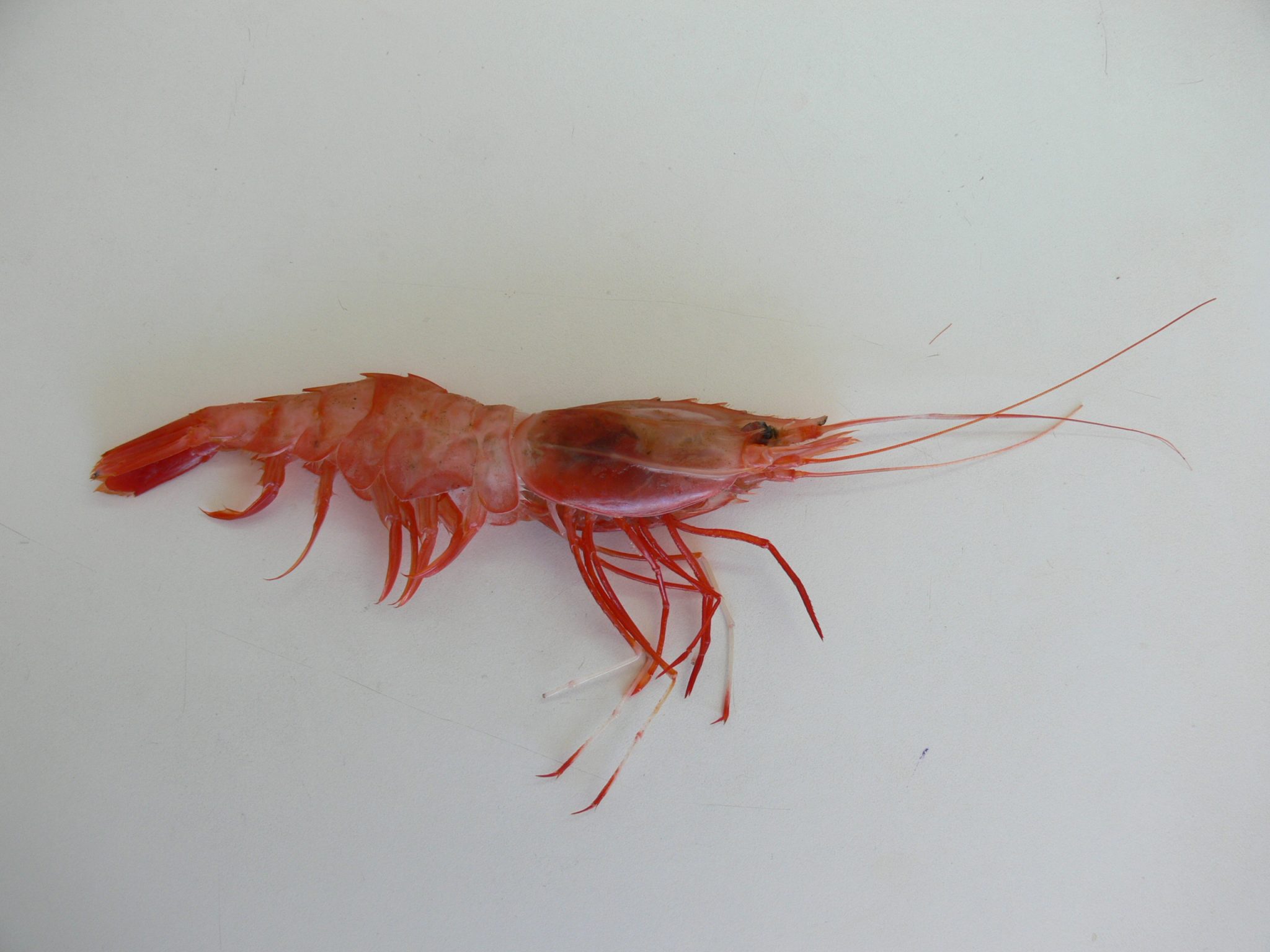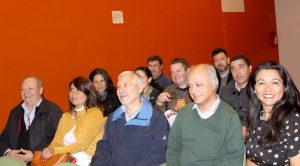IFOP delivers results on nylon shrimp status between Antofagasta and Bío Bío regions
April 9th, 2018On Friday, April 6th , in Valparaiso´s Natural History Museum auditorium, the results of “direct evaluation of nylon shrimp between the Region of Antofagasta and the Bío Bío Region project “, commissioned by IFOP to Universidad Catolica del Norte, were presented. This study corresponds to one of the 41 projects that make up comprehensive advisory research program for fisheries and aquaculture 2017-2018 portfolio developed by IFOP Fisheries Development Institute.
Sergio Lillo, IFOP Direct Evaluation Department head, referred to the main results of the study “this type of evaluations addresses several aspects, not only shrimp biomass quantification. For example, species spatial distribution is also analyzed, how specimens are distributed in seabed different regions and depths, how abundance sources are shaped in terms of size structure, what other species constitute ecological assemblage which shrimp are associated, among others. In general it is a very complete and very useful study for the authority, the scientific committees and the management committees.
In particular, the most important result is biomass estimation, which is like a photo of the year, which, integrated with previous years photos, gives us a film of shrimp population dynamics. In this regard, 2017 estimated biomass between the regions of Antofagasta and Bío Bío was just over 28,000 tons and maintains the last four years observed trends “.
On the other hand, Mauricio Gálvez, (IFOP) Fisheries Development Division Head indicated “a distinctive aspect of this fishery is that it was the first industrial character to obtain Marine ecolabel Stewardship Council (MSC) certification which has been a great achievement. In its obtaining and in the current process of its renewal, IFOP work has been a key piece, since it provides enough information to evaluate MSC criteria. The results presented in this dissemination workshop correspond to shrimp biomass estimates in 2017, which, together with IFOP collected fishery indicators and fishery status assessment models results, make up the triad of necessary information to evaluate a fishery status or condition”.

